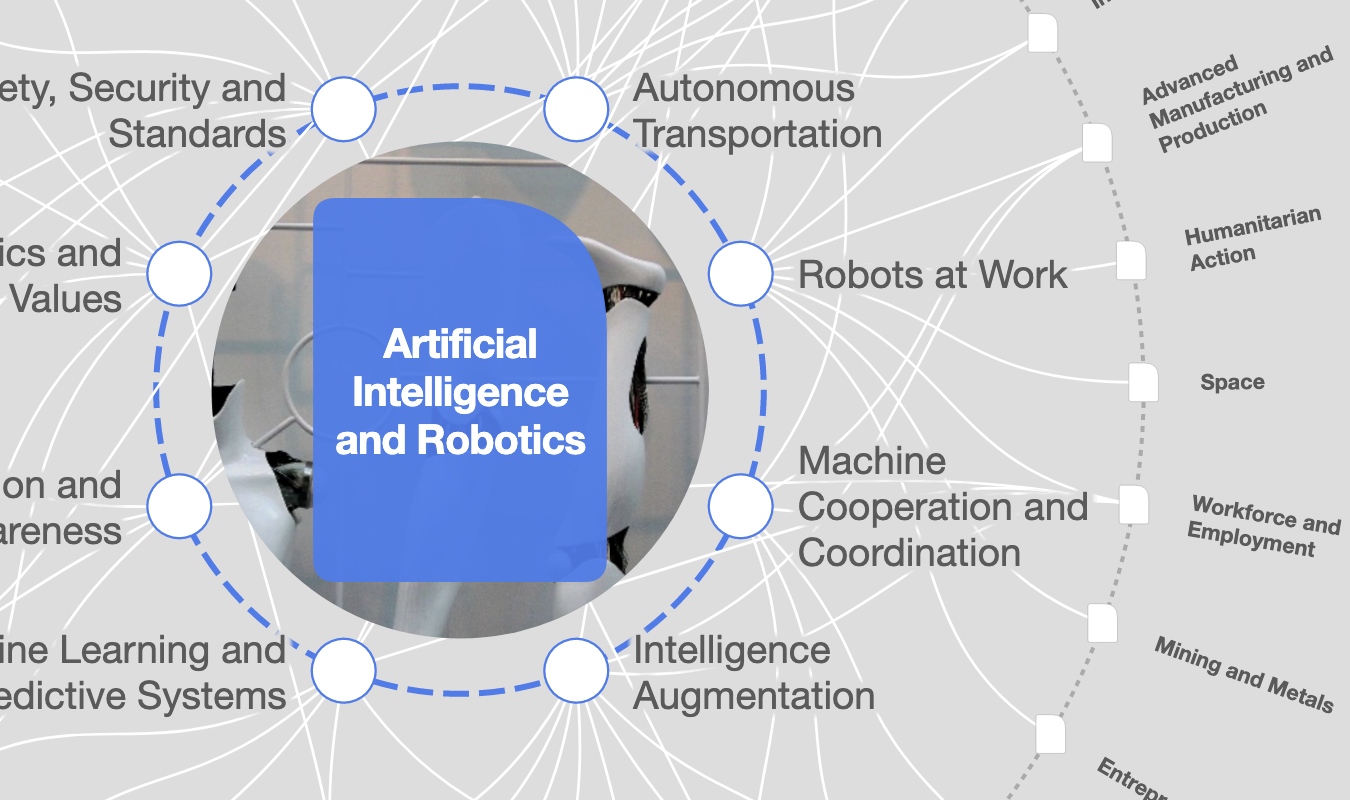How telecoms can thrive in the age of generative AI

Telecoms must leverage generative AI to remain competitive Image: Unsplash/Diana den Held
- While telecom companies have been using artificial intelligence, leveraging generative AI is essential to address its current challenges.
- AI can help reduce costs through automation, drive business growth with hyper-personalized marketing and improve customer satisfaction with AI-powered chatbots and service assistants.
- To remain competitive, telecoms must transition into “techcos” – highly automated, AI-driven organizations offering services beyond connectivity.
Let’s start with the good news. As a tech-native industry, the telecommunications industry is used to integrating new technologies into its operations. The sector has over a decade of experience with artificial intelligence (AI) and as a result, machine learning and predictive AI is omnipresent in its processes.
From that perspective, the industry is well-positioned to leverage generative AI’s (GenAI) benefits. This is supported by recent research that suggests the telecom sector is ahead of the pack on GenAI spending compared to most other industries and its employees have a mostly positive sentiment towards GenAI.
But here’s the stinger: capitalizing on AI’s opportunity is critical for telcos to survive and thrive. In most established markets, Communication Service Providers (CSPs) face stagnating revenue and margin growth and increasing debt-to-equity ratios, limiting the ability to invest for growth.
Consequently, CSP market capitalizations have only grown by 7% since 2018 versus digital platforms’ 230% and S&P 500’s 172%, according to S&P Global and Accenture analysis from June 2024. Even in growth markets, telcos need GenAI to manage this growth and complexity from the multi-vendor architecture, customers demanding a more personalized service and sophisticated cyberattacks.
Unlocking AI benefits to telecoms
The World Economic Forum has partnered with Accenture to develop a better understanding of the current state of play of AI across the sector.
We’ve worked closely with a community of telecoms across regions, original equipment manufacturers (OEMs) and other ecosystem partners, industry associations and academia to gather insights and real-life experiences, developing a consensus on emerging opportunities, challenges and key enablers.
The findings show a variety of AI use cases across different functions within telcos, of which 10 are characterized as top priorities with a high perceived readiness and impact.

Another set of use cases is deemed to be implementable in the next 12-18 months. These use cases promise value across four imperatives:
1. Reduce the cost to serve
Despite efforts to bring them down, CSPs’ operational costs remain stubbornly high, at 65-70% of revenue; network operations alone will consume 50% of total operating expenses (OpEx) by 2027.
GenAI can help CSPs automate repetitive, structured tasks, such as network planning applications or generating customer emails and increase process automation across IT and network management.
For example, traditional AI and GenAI can create cost-effective network designs, automate multi-vendor component integration and continuously monitor performance to detect anomalies.
2. Drive business growth
GenAI enables the creation of highly personalized marketing campaigns and customer journeys powered by predictive models that anticipate individual behaviours. For example, Telefónica’s Next Best Action AI Brain uses an in-house Kernel platform to revolutionize customer interactions with precise, contextually relevant recommendations.
Initial implementations have shown sales increases of nearly 20% and conversion rates of around 30%. Additionally, as existing trusted infrastructure providers, CSPs can employ their assets to offer innovative services across the full spectrum of the cloud, edge compute and connectivity. This includes a potential role in providing sovereign AI services.
3. Differentiate customer experience
Only 34% of telecommunications customers feel satisfied with their service and 70% are frustrated by a lack of consistent experience across channels. GenAI is transforming customer experiences with advanced conversational tools, such as natural language chatbots and AI-powered retail assistants, making every human agent a “super-agent”.
For example, a European telco achieved a 40% reduction in service resolution time, a 35% improvement in customer effort scores and a 28% increase in digital channel adoption by deploying an AI-powered service automation platform.
4. Secure and reliable operations
The combination of complex networks consisting of legacy components with open interface elements, the increased use of application programming interfaces (APIs) and the fact that telcos manage sensitive user data make them a prime target for state-sponsored attackers and cybercriminals.
Managing these risks requires advanced AI capabilities, as AI can identify and patch vulnerabilities and analyze vast operational datasets in real time to detect security incidents and prevent fraud. For example, Bharti Airtel launched India’s first anti-spam network.
The AI-powered network uses advanced algorithms to provide real-time spam protection at no cost to the customers. Processing a staggering 2.5 billion calls and 1.5 billion messages daily, it successfully identified close to 1 million spammers every day within the first two months.
To fully capture the opportunity of AI, telcos need a vision and a strategic approach to where to focus their investments and where to tap into existing and new partnerships.
”Evolving telcos in the GenAI age
A pathway is emerging for a new type of telecommunications organization, the so-called “techco”, which is increasingly automated, secure and able to provide truly personalized service to customers or expand into AI service provision.
In this scenario, GenAI provides opportunities such as truly autonomous networks, data monetization, AI-as-a-service offerings and a personal concierge concept. e& Autonomous Store Experience (EASE) offers a glimpse into this future.
It is the world’s first autonomous telecom store, which uses smart gates, AI-powered cameras, robotics and smart shelves to create a frictionless shopping experience. Customers can enter with facial recognition or the e& app, shop from an extensive range of e& products and services and walk out with automatic self-checkout.
To fully capture the opportunity of AI, telcos need a vision and a strategic approach to where to focus their investments and where to tap into existing and new partnerships.
Following that vision, successful telcos will continue to invest in foundational elements, like data architecture and automation, and upskill their workforces while building on their trusted customer relationships to drive growth and innovation.
Ultimately, the telecom industry must expand beyond its traditional and OEM ecosystem and invest in collaborations across the technology stack, transformation enablers and the public sector. This is essential to managing the complexities and rapid pace of innovation today and in the future.
Don't miss any update on this topic
Create a free account and access your personalized content collection with our latest publications and analyses.
License and Republishing
World Economic Forum articles may be republished in accordance with the Creative Commons Attribution-NonCommercial-NoDerivatives 4.0 International Public License, and in accordance with our Terms of Use.
The views expressed in this article are those of the author alone and not the World Economic Forum.
Stay up to date:
Artificial Intelligence
Related topics:
Forum Stories newsletter
Bringing you weekly curated insights and analysis on the global issues that matter.







